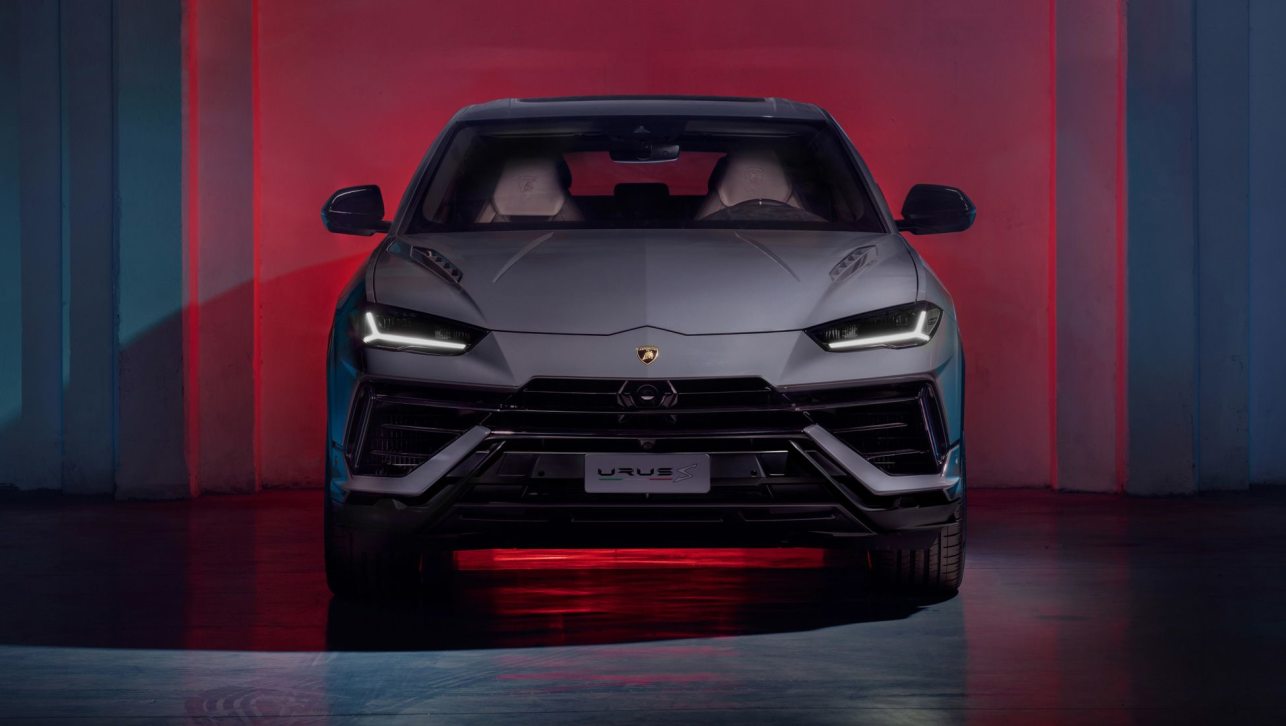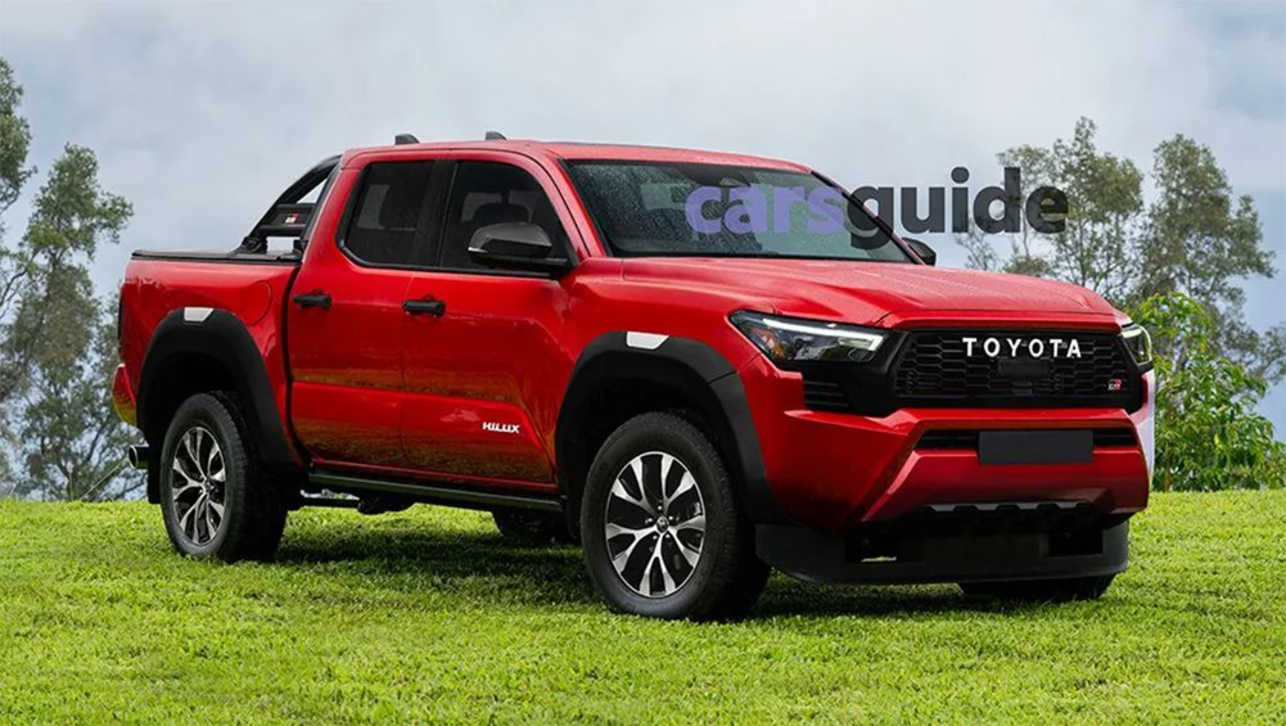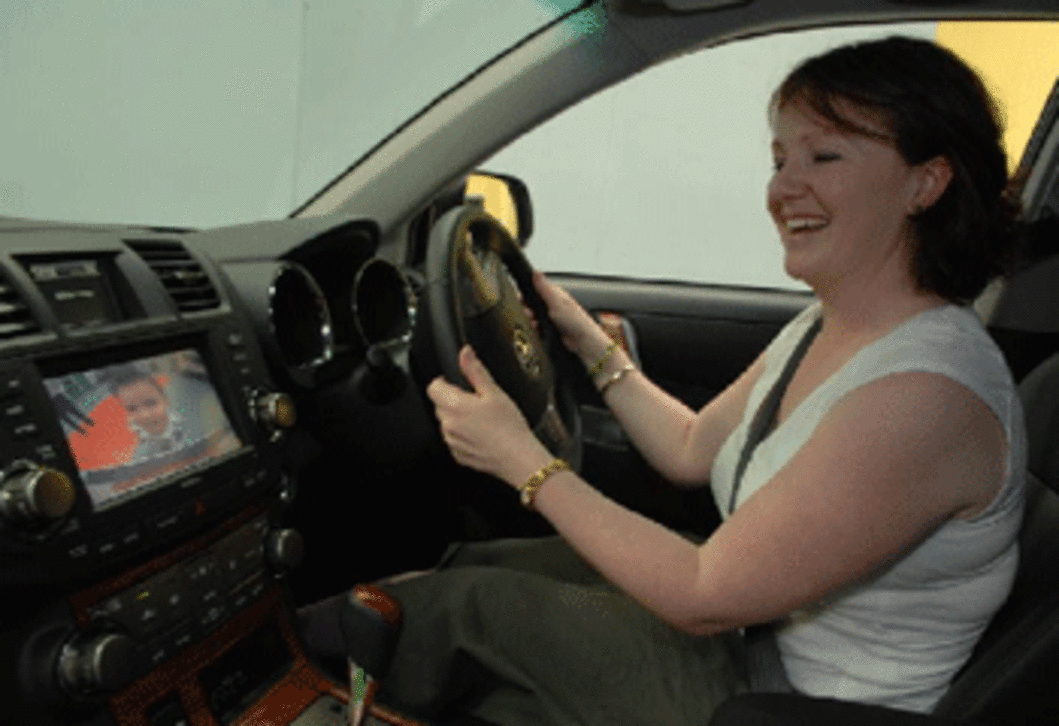Hyundai is taking aim at European hatches with its new i30. The five-door hatch goes on sale in October, and Hyundai Australia chiefs are desperate for it to challenge the best Europe and Japan has to offer in the increasingly competitive class.
To that end the company has designed the car in its European studio to make sure it can compete with the Volkswagen Golf and Mazda 3.
In order to give the car better appeal, the long-serving Elantra name has been dropped for the hatch in favour of the European brand name of "i30".
The company has paid the price for not offering a hatchback version of its Elantra model, leaving it with a crucial hole to fill.
Hyundai sales are down 8 per cent this year, but the South Korean maker believes the introduction of the i30 will give it the boost it needs if it is to meet its target of 50,000 new car sales.
“We are expecting a lot from the i30,” Hyundai Australia chief Steve Yeo says.
“The importance of the i30 is enormous. Since the launch of the new Elantra, we have not been able to offer such a model. The hatch had been the most popular choice by far in the previous car,” he says.
Hyundai Australia has been highly involved with the car's development, ensuring the i30 is suited to the local conditions after the current Elantra sedan was criticised by the Australian media.
“Hyundai Australia had engineers in Korea, and then the cars came to Australia for final tuning under Australian conditions,” Yeo says.
The same hard work has gone into the design and build quality, so Yeo is promising big.
“It was designed by the European studio and is far better than the previous model. Quality-wise and also material-wise, it is far better than the competitive model in the market. So you can expect a lot from the i30,” Yeo says.
The car's European design is obvious with its short front and rear overhangs. It uses the same wheelbase as the Elantra sedan, but is 260mm shorter overall.
Power is expected to come from a 1.6-litre and 2.0-litre petrol engine and an unspecified turbodiesel.
The fully independent suspension comes from the Elantra sedan.
Hyundai Australia has also decided to stick with diesels, despite producing hybrid vehicles in its native South Korea. The company has announced it will begin producing an LPG Hybrid Elantra for its home market in 2009. But Hyundai Australia CEO Steve Yeo warns not to expect it here soon.
Yeo says the company is concentrating on marketing its diesel range, which includes the Santa Fe and i30 hatch.
“It's for the future,” he says of hybrids. “For the time being we have a diesel strategy. Probably at the time of our i30 we can also give an idea of how to utilise our diesel strategy, including the i30.”
Hyundai Australia chiefs also admitted the company is working on fuel-cell technology as a long-term alternative to petrol engines.







.jpg)
.jpg)
.jpg)

.jpg)


.jpg)




.jpg)









Comments